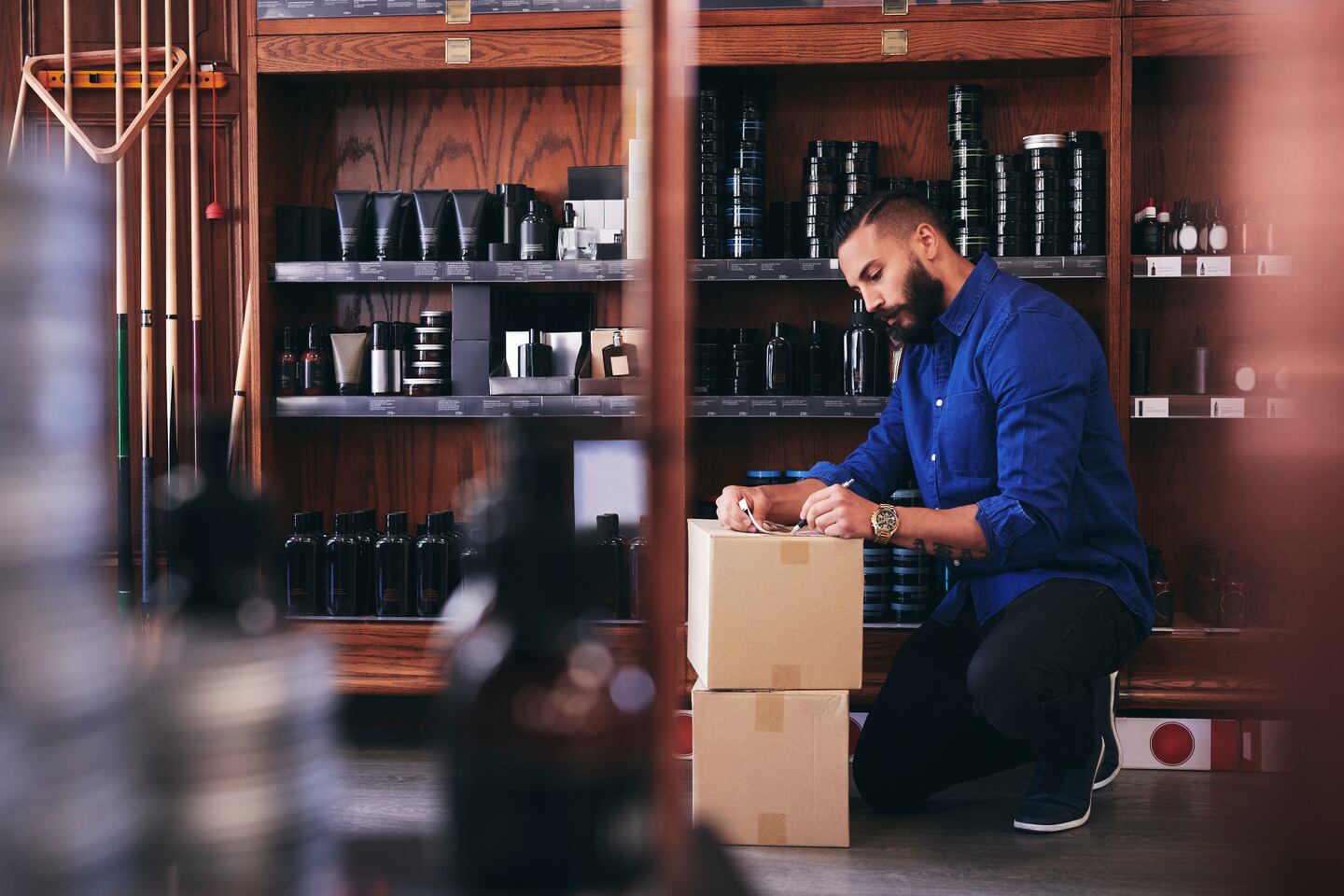
The Business of Fashion
Agenda-setting intelligence, analysis and advice for the global fashion community.

Agenda-setting intelligence, analysis and advice for the global fashion community.

Cegid seeks to develop and customise its technologies to suit both the retailer, client and, crucially, market context. It is trusted by the likes of Lacoste, Isabel Marant, Longchamp and beauty sector heavyweights L’Oréal and Shiseido, among numerous others, to do so.
Cegid Retail’s unified commerce platform addresses retailers’ needs to deliver outstanding omnichannel shopping experiences that bridge the gap between offline and online operations — from advanced order management to ‘ship from store,’ click and collect capabilities, as well as new point-of-sale and mobile technologies. But while a streamlined service is key, Cegid is using its technologies to rally around the physical store itself.
As Cegid continues to innovate in unlocking efficiencies and value in the physical networks of its clients, bricks-and-mortar retail faces a pivotal period. According to BoF and McKinsey & Company’s State of Fashion 2021 report, approximately half of European consumers have shopped less in physical stores since lockdowns started.
Now, BoF sits down with Cegid Marketing Director of Retail Tania Oakey to discuss Cegid’s solutions to reimagine the role of the store, the relevance of dark stores and its latest technologies that seek to adapt and future-proof physical retail.

Which solutions are finding success in today’s retail market?
In the past year, we’ve probably bolted five years ahead in terms of both business and consumer adoption of digital and omnichannel commerce. This rapid acceleration has exposed the retailers across all sectors that were late in terms of the digital adoption and omnichannel strategies.
Capabilities such as click and collect and ‘ship from store’ are key, but require sophisticated POS (point of sale) and OMS (retail order management systems) solutions to act as an anchor. Having a unified commerce solution, with a single view of your stock across the whole of the organisation, is key. Having that visibility to decide where best to pull stock from for your consumer is decreasing logistics and sales costs. Retailers can improve margins from three to 10 percent.
How do your technological solutions increase performance?
Today, success is born out of listening to the needs of the consumer. They expect to search, transact, acquire, experience and shop seamlessly across all channels and touchpoints whenever they want, from any device. Now, the pandemic brings the additional expectation of being able to do this safely — shopping in a stress-free environment.
Shoppers expect to search, transact, acquire and experience seamlessly across all channels and touchpoints whenever they want, from any device.
Retailers also avoid missed sales. Before, a customer could go into the store and if the product wasn’t available, retailers could risk them walking out and buying elsewhere. When it came to e-commerce, a product could be flagged as out of stock, also pushing them to a competitor. However, with unified commerce in place, the system can identify where product is available across the retail organisation and ensure it gets to the consumer within the next 24 hours, or according to the delivery conditions.
The platform can ultimately be used to ensure they capture all the sales opportunities through an omnichannel approach. We have seen immediate results register anywhere from 10 to 25 percent increase in sales.
What are ‘dark stores’ and what relevance could they hold in the evolving retail landscape?
When we refer to “dark stores”, we mean physical stores that have pivoted into retail distribution centres or fulfilment centres — managing, catering and preparing online shopping orders, and sending them direct to customers.
There are considerable advantages to retailers turning existing stores into dark stores. With stores closed to the public, retailers can instead use existing resources — store locations and facilities — to serve, prepare, ship from store and facilitate click and collect capabilities.
Even before the pandemic, all stores have moments of downtime with less footfall. The retailer can use the availability of store associates as an asset — a resource to facilitate ship from store, as well as saving cost on logistics. Finally, in delivering from a closer base to the consumer, the shopper benefits from a quicker delivery time and the environment benefits too.
What new in-store technologies do you expect will provide opportunity within brick-and-mortar retail when footfall returns?
We believe shoppers will expect a fluid omnichannel experience that bridges digital and physical retail. As a result, modern integrated POS and OMS systems will remain key as facilitators of click and collect and “ship from store”.
Mobile tools for sales associates are already in place, but we believe they will become increasingly integral to serving the consumer. Store associates will need full capability to serve the customer from the palm of their hand, safely, whether that’s being able to fulfil orders — orders that have been [placed] online — or make an additional sale in store.
Technologies that once felt gimmicky have found new context in the changing retail landscape.
In the same way that store associates needed to be empowered with product knowledge, they now need to have their own devices to access and build information on the consumer. What did the consumer buy? What did the consumer look at online? Where does the consumers’ loyalty lie? To be able to make suggestions, to be able to advise on the products, is going to be key.
Additionally, contactless transactions and pay-by-link will become table stakes and the interaction between the consumer’s mobile phone and the sales associate’s mobile application will continue to increase.
What do you anticipate will be the key growth levers within physical retail over the medium term?
The clear growth levers are found through delivering the omnichannel perspective. The pandemic has proven that the brands that flourish in this difficult landscape are very agile — they have broken down the silos within their business and ecosystem. This also applies to software vendors. We can no longer reason in terms of years because of all the uncertainty. Projects need to be done in terms of weeks or months.
Technologies that once felt gimmicky — novel applications in flagship stores — have found new context in the changing retail landscape. Virtual try-on tools and AI, used to bring a physical in-store experience to shopping at home from your mobile; livestreaming and social selling — popular in China — since lockdowns and pandemic. We believe they are set to disrupt the market, opening up new sales channels. Gaming technologies also possess opportunity for growth.
But, behind technology, fashion and retail are rooted in tangible moments — in seeing and touching product. Physical stores are here to stay, but there’s new opportunity for retailers to capitalise on their locations and maximise their potential.
This is a sponsored feature paid for by Cegid as part of a BoF partnership.
From analysis of the global fashion and beauty industries to career and personal advice, BoF’s founder and CEO, Imran Amed, will be answering your questions on Sunday, February 18, 2024 during London Fashion Week.
The State of Fashion 2024 breaks down the 10 themes that will define the industry in the year ahead.
Imran Amed reviews the most important fashion stories of the year and shares his predictions on what this means for the industry in 2024.
After three days of inspiring talks, guests closed out BoF’s gathering for big thinkers with a black tie gala followed by an intimate performance from Rita Ora — guest starring Billy Porter.